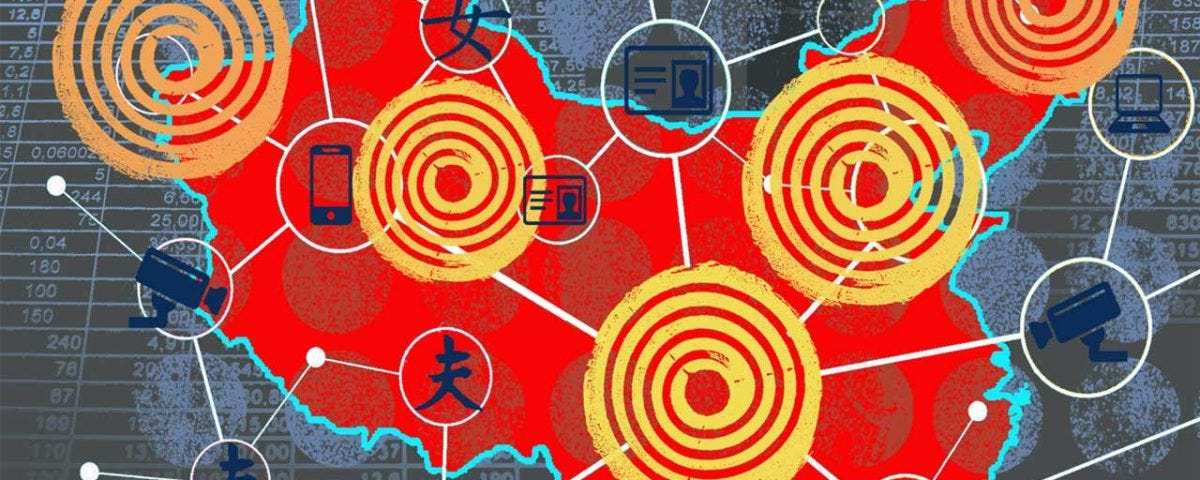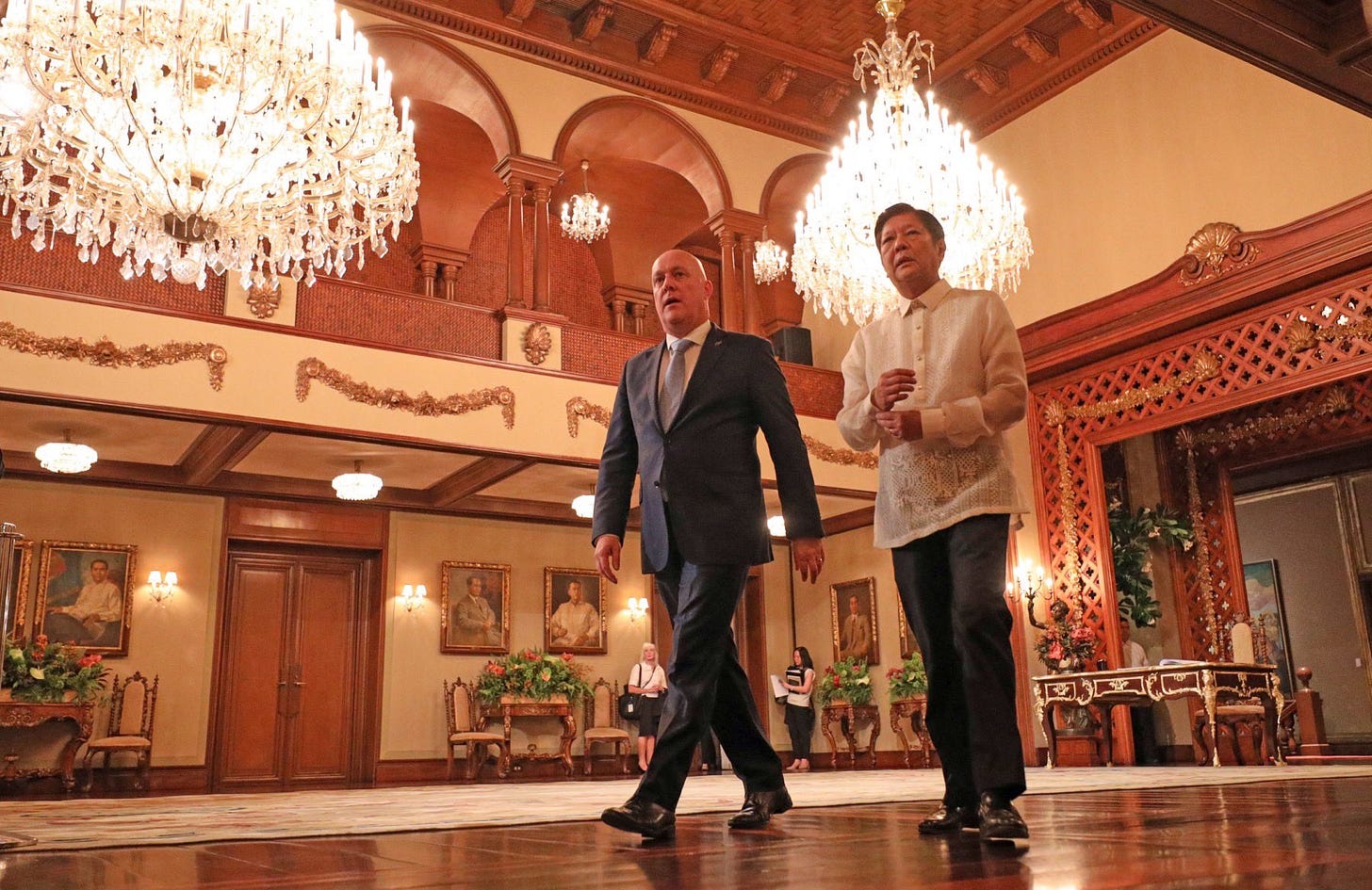Triple Upgrades Hand New Zealand ASEAN Swing Boost
New military pact also in the cards. Plus first Indo-Pacific missile deployment; digital contagion; big green gaps; new semiconductor plan; EV wars and more.
Greetings to new readers and welcome all to the latest edition of the weekly ASEAN Wonk BulletBrief! If you haven’t already, you can upgrade to a paid subscription for $5 a month/$50 a year below to receive full posts by inserting your email address and then selecting an annual or monthly option. You can visit this page for more on pricing for institutions, groups as well as discounts. For current paid subscribers, please make sure you’re hitting the “view entire message” prompt if it comes up at the end of a post to see the full version.
For this iteration of ASEAN Wonk BulletBrief, we are looking at:
Assessing the geopolitical and geoeconomic significance of triple upgrades and a new military pact in New Zealand’s Southeast Asia swing;
Mapping of regional developments, such as a first Indo-Pacific missile deployment a new round of China’s regional diplomacy;
Charting evolving geopolitical, geoeconomic and security trends such as counting big green gaps; regional semiconductor wars and rising information barriers;
Tracking and analysis of industry developments and quantitative indicators including coming crypto regulation; EV regulation battles and the evolving carbon tracking landscape;
And much more! ICYMI, check out our post earlier this week on what to watch in Singapore’s foreign policy as Lawrence Wong becomes the country’s new prime minister later next month.
This Week’s WonkCount: 2,167 words (~10 minutes)
First Indo-Pacific Missile Deployment; China’s Regional Diplomacy; Evolving Succession Politics & More

Values Alignment Challenge; Big Green Gaps & Digital Repression
“As resident powers, Australia and Japan have to work together to complement, but not necessarily always mirror US approaches,” notes the introduction to a new essay collection on democracy support in the Pacific and Southeast Asia released by the U.S. Studies Center in Sydney, Australia. The essays delve into the approaches of individual countries, their underlying objectives as well as how they map onto country, subregional and Indo-Pacific realities (link).
Japan Assistance Policies Goals and Priority Areas by ASEAN Country
“Total green investment increased…but remains far short of the $1.5 trillion needed to fund Southeast Asia’s transition by 2030,” notes a new iteration of a report series on the regions’ green economy published by Bain, GenZero, Standard Chartered and Temasek. The report also includes an index and progress matrix for individual countries (see graphic below) along with a focus on the state of play; investable ideas and accelerators (link).
Country Metrics in 2024 Southeast Asia Progress Assessment Matrix (2024 vs 2023 compared)
“Each country…has benefited from development assistance and Digital Silk Road-related projects supported by China,” argues a new report on the effects of China’s digital repression in the Indo-Pacific published by British rights group Article 19. The report, which has three Southeast Asia cases — Cambodia, Malaysia and Thailand — argues that the Indo-Pacific will continue to be a critical theater as China rolls out next-generation tech, seeks partners in normalizing its authoritarian approach to digital governance and tries to rewire the world and rewrite rules governing the digital space (link).
Triple Upgrades Hand New Zealand Southeast Asia Swing Boost
What’s Behind It
New Zealand pledged triple elevations and a new military pact in its ties with Southeast Asian states during a key regional summit swing. Prime Minister Christopher Luxon’s trip saw a commitment to upgrade ties with the Philippines and Thailand by 2026 and elevating the enhanced partnership with Singapore by 20251. Luxon’s Singapore leg came amid the announcement that Lawrence Wong would become the country’s new premier on May 15, as covered previously on ASEAN Wonk. New Zealand and the Philippines also agreed to conclude a new status of visiting forces agreement. Beyond bilateral ties, this is also the latest sign that Manila is broadening its array of military pacts previously restricted primarily to Australia and the United States as it confronts China’s assertiveness. Other partners such as Japan have also factored into this mix.
Key Recent Developments in New Zealand’s Ties with Southeast Asia
The upgrades were the latest signal by the new New Zealand government about its intent to boost activity in the Indo-Pacific and Southeast Asia more specifically since taking office in November 2023. Just the last month alone has seen an uptick in activity on this score, with Luxon meeting ASEAN leaders at the Australia special summit and his foreign minister kicking off Southeast Asia diplomacy with stops in Singapore, India and Indonesia, which included a meeting with president-elect Prabowo Subianto (see above timeline snapshot)2. It also signals New Zealand’s “commitment to deepen” engagement in Southeast Asia, as Luxon himself put it before departing for the trip to the region along with businesses3. Officials recognize that this will require greater investment in ties. To take just one example, economically, though Southeast Asia is New Zealand’s 4th largest export destination and sits astride waters that carry over half its trade, by one count it receives just 0.4 percent of regional exports and accounts for just 0.25 percent of its aid flow4.
Why It Matters
The upgrades underscore the efforts by middle powers such as New Zealand to step up their game in Southeast Asia amid more competitive dynamics. Following a series of diplomatic upgrades since 2021, New Zealand is one of the six out of eleven ASEAN dialogue partners that have yet to enter into the grouping’s highest comprehensive strategic partnership (CSP) tier5. This has evolved into what one official previously described to ASEAN Wonk as an informal “reach goal” for some key powers. Last year, ASEAN and New Zealand noted ways to intensify their existing strategic partnership ahead of the upcoming 50th anniversary of ties in 2025, with an Indo-Pacific cooperation plan under the banner of “standing firm amidst swirling currents”6. Not unlike other powers, New Zealand also recognizes the need to engage bilaterally with key Southeast Asian states, both as an end in itself as well as a catalyst for regional inroads.
The triple upgrades also highlighted key sectoral areas which the New Zealand government is prioritizing in its Indo-Pacific diplomacy, including with Southeast Asian states (see the table below on areas of note and what will be key to watch in the coming months, followed by more insights on “Why It Matters” and “Where It’s Headed.” Paid subscribers can read on as usual to other weekly newsletter sections including a dashboard of industry developments and analysis of notable quantitative metrics).












